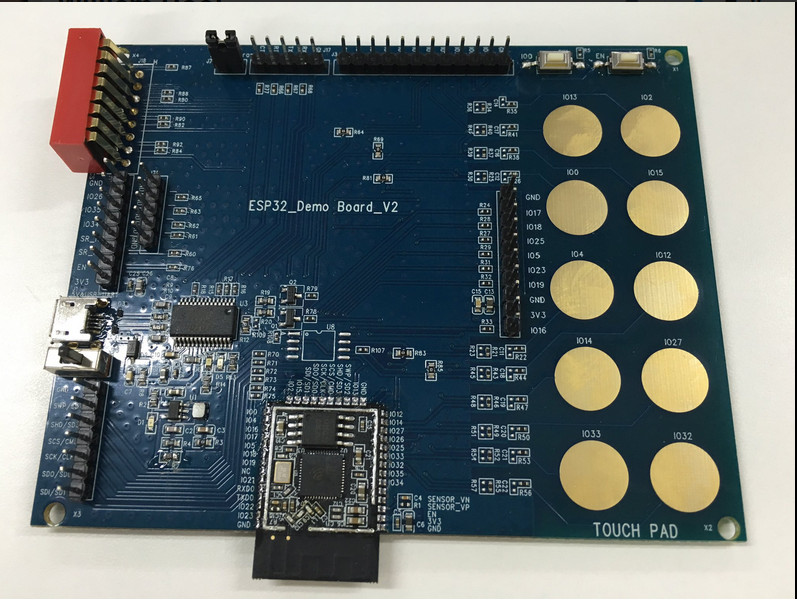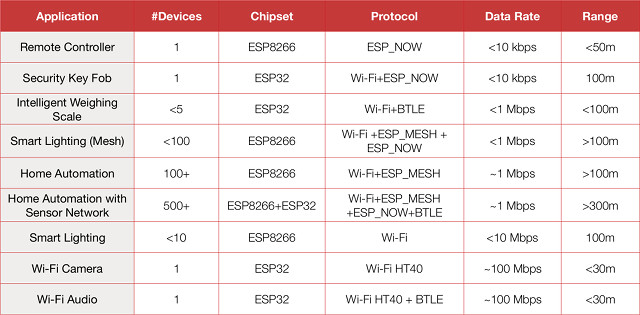Espressif ESP32 is one of the most awaited chip for IoT applications as it combines a dual core processor, WiFi, Bluetooth 4.0, and various I/Os. The good news is that you can now purchase ESP32 for 19 RMB ($2.85) on Taobao, or if you are not based in China, contact Espressif by email at sales [at] espressif.com.
 Availability is however limited, and the maximum order is now 5 pieces. ESP32 modules and boards, as opposed to just the SoC, are not quite ready right now, but should become available in a few weeks. ESP-WROOM-32 is the ESP32 module developed by Espressif, and NodeMCU is also working on an ESP32 board, so we’ll get more good news very soon.
Availability is however limited, and the maximum order is now 5 pieces. ESP32 modules and boards, as opposed to just the SoC, are not quite ready right now, but should become available in a few weeks. ESP-WROOM-32 is the ESP32 module developed by Espressif, and NodeMCU is also working on an ESP32 board, so we’ll get more good news very soon.

You can also find documentation, hardware and software resources on a Espressif ESP32 page , including a getting started guide, ESP32 SDK, ESP32 reference manual, ESP-WROOM-32 datasheet, and more.
If you are unsure whether your project would benefit from ESP32 over the cheaper ESP8266, I found an interesting table in Espressif Introduction document, showing how the processors are used in different applications.
 Via ESP32 Forums and RelentlesS
Via ESP32 Forums and RelentlesS

Jean-Luc started CNX Software in 2010 as a part-time endeavor, before quitting his job as a software engineering manager, and starting to write daily news, and reviews full time later in 2011.
Support CNX Software! Donate via cryptocurrencies, become a Patron on Patreon, or purchase goods on Amazon or Aliexpress




